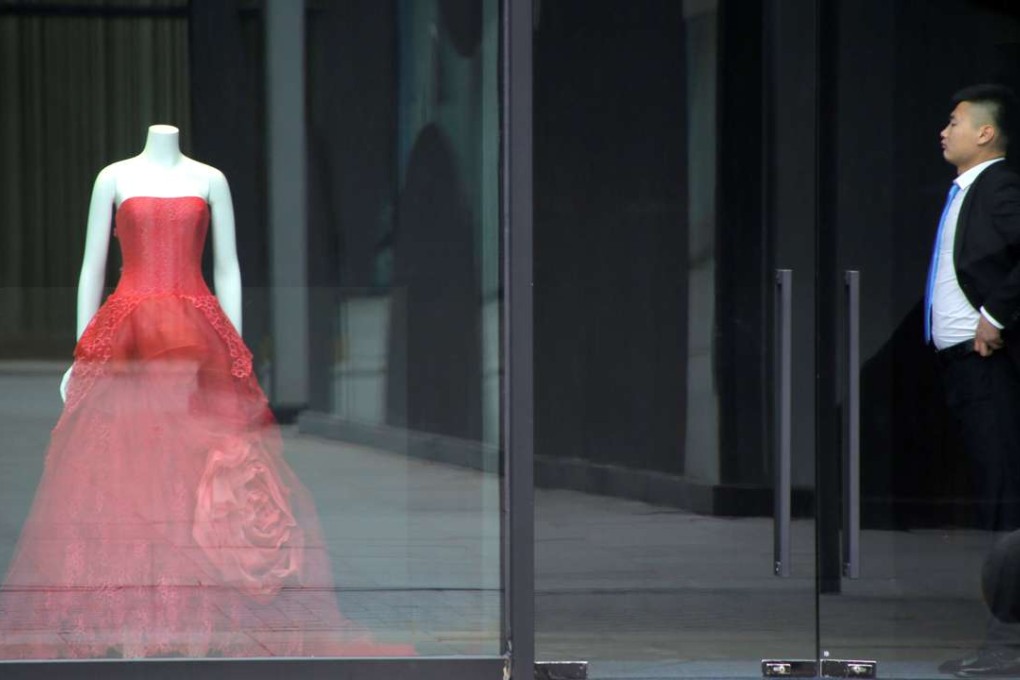Heading for the cliff: China rides the tiger of debt and bubbles
Andy Xie says the wild fluctuations in China’s stock market, bonds, property and now commodities stem from a deliberate official policy to delay the pain of dealing with high government debt and economic inefficiencies

China is a good example of how an activist monetary policy can ferment bubbles, ruin the health of a financial system, economic reforms and, eventually, economic growth. Since 2004, China has run a gigantic monetary bubble that has corrupted virtually every corner of the economy.
The depreciating pressure on the renminbi put a stop to wholesale bubble-making. But, as soon as the pressure eased when the US Federal Reserve changed its tune on when to raise interest rates, it was back to the races again. This time, it was in commodity futures.
The mystery deepens: China’s slowing economy and gravity-defying commodities futures rally
A couple of months ago, China’s commodity market went totally crazy, fast. It was like a long-term addict bingeing for the very last time. Transaction volumes in steel futures exceeded those for the A-share stock market. One day’s trading volume was greater than the total physical production in a year.
The average holding period was rumoured to be four hours. When the market was surging, most pundits interpreted it as a leading indicator of economic recovery. Now, the market is tumbling. The spin is that it was pointing in the right direction, just overdone.

China steel futures fall most in seven years as rout extends
In my view, it was pure mania. China’s steel production fell by 3.2 per cent in the first quarter, following a 2.2 per cent decline last year. The property market, the main customer, has been a huge bubble. Its bursting is just beginning. Major bankruptcies are yet to come. It is basically a joke to say that steel demand has bottomed out. It doesn’t bottom out until banks come clean on their bad loans and close down zombie developers.